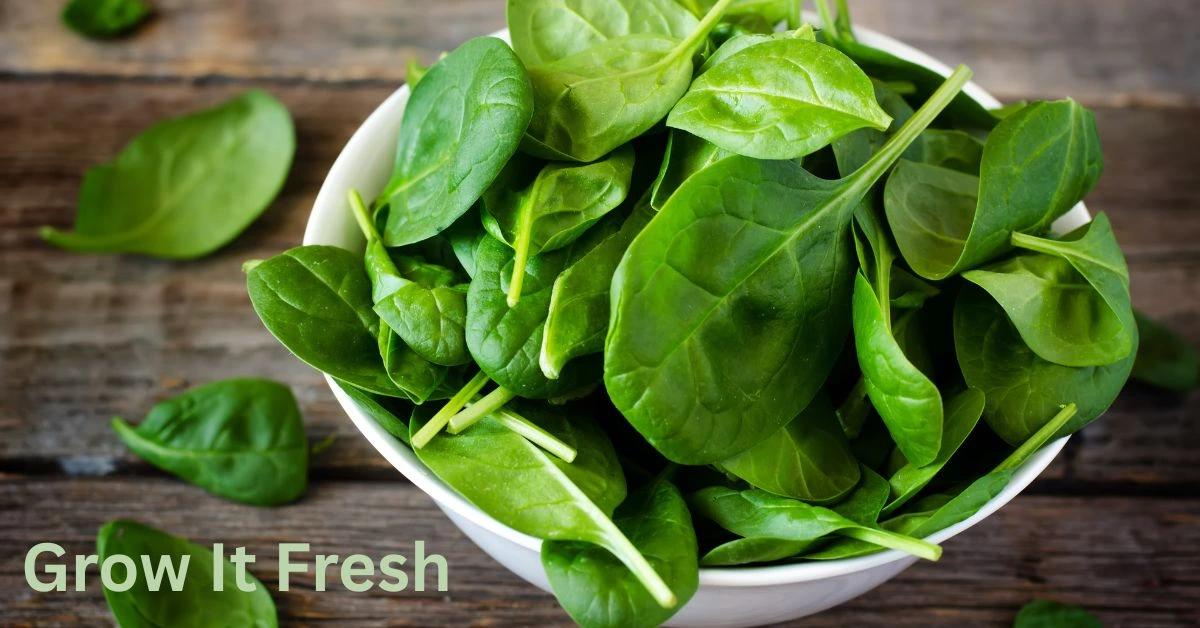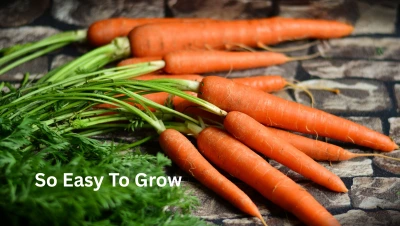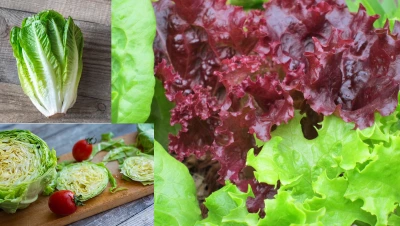Grow spinach as a cool-weather crop. Spinach is a leafy green that’s both nutrient-dense and relatively easy to grow in home gardens. Whether you’re cultivating a few containers on your balcony or starting a backyard vegetable patch, growing spinach can be highly rewarding. This article outlines the essential steps to successfully grow spinach, from choosing the right variety to harvesting your fresh greens.
Table of Contents
1. Choosing the Right Variety
Before planting, select a spinach variety suited to your climate and needs. There are three main types:
- Savoy: Dark green, crinkled leaves; hardy and great for cooking.
- Semi-Savoy: Slightly crinkled leaves; easier to clean and often grown commercially.
- Flat-Leaf: Smooth leaves; ideal for salads and easier to wash.
For cooler regions, traditional varieties like ‘Bloomsdale’ work well. In warmer climates, bolt-resistant hybrids such as ‘Tyee’ or ‘Space’ are better choices.
2. Preparing the Soil
Spinach thrives in rich, well-draining soil with a pH between 6.0 and 7.5. Begin by loosening the soil to a depth of 12 inches and incorporating plenty of organic matter, such as compost or well-rotted manure. This improves both fertility and drainage.
Add a balanced fertilizer (e.g., 10-10-10) before planting if the soil is lacking in nutrients. Good soil preparation is crucial, as spinach is a fast-growing plant that quickly absorbs nutrients.
3. Grow Spinach From Seed
Spinach prefers cool weather and can tolerate light frosts. Plant seeds outdoors 4 to 6 weeks before the last expected spring frost or in late summer for a fall harvest. In mild climates, spinach can also be grown through winter.
To grow spinach successfully, sow seeds ½ inch deep, spacing them 1 inch apart in rows 12 to 18 inches apart. For a continuous harvest, stagger plantings every 2 weeks.
Once the seedlings emerge, thin them to about 4–6 inches apart to give each plant room to grow. Don’t discard the thinnings—they’re perfect for salads.
4. Watering and Maintenance
If you choose to grow spinach, provide consistent moisture, especially during germination and early growth. Water regularly, providing about 1 inch of water per week. Avoid overwatering, as soggy soil can lead to root rot.
Mulching around the plants helps retain soil moisture and suppress weeds. Spinach has shallow roots, so be careful when weeding not to disturb the plants.
Keep an eye out for pests like aphids, leaf miners, and slugs. Insecticidal soap or neem oil can help manage these problems naturally. Practice crop rotation each year to minimize disease buildup in the soil.
5. Fertilizing for Healthy Growth
Side-dress with compost or a nitrogen-rich fertilizer about a month after planting, especially if leaves appear yellow or growth slows. Too much nitrogen, however, can lead to excessive leaf growth at the expense of flavor.
6. Harvesting Spinach
When you grow spinach, it can be harvested in two ways: as baby leaves or mature leaves. For baby spinach, begin harvesting when the leaves are about 3–4 inches long, typically 3–4 weeks after sowing. Pick individual leaves from the outside, allowing the center to continue growing.
For mature spinach, harvest the entire plant by cutting it at the base once it reaches 6–8 inches tall. If the plant starts to bolt (send up a flower stalk), harvest immediately—bolted spinach becomes bitter and tough.
7. Storage and Use
Grow spinach fresh and store it in the refrigerator for up to a week. Wash it thoroughly before storing, as the crinkled leaves often trap soil. Spinach can also be blanched and frozen for long-term storage.
Conclusion
Spinach is a versatile and nutritious addition to any garden. With just a bit of planning and care, you can grow spinach and enjoy it fresh throughout the cooler seasons. Whether tossed in a salad, added to soups, or sautéed with garlic, homegrown spinach delivers unmatched flavor and freshness.





0 Comments